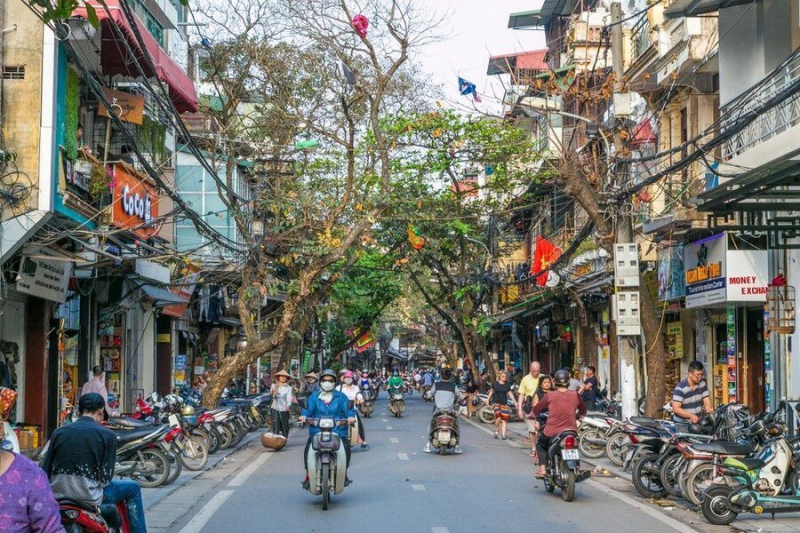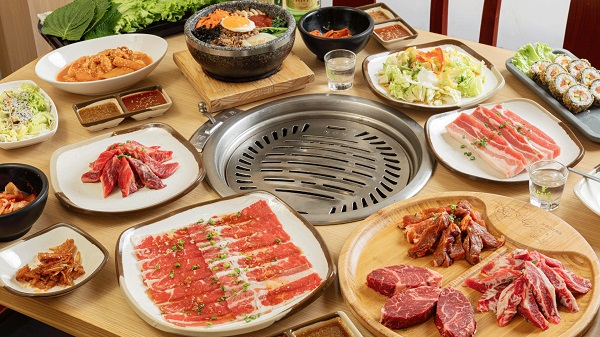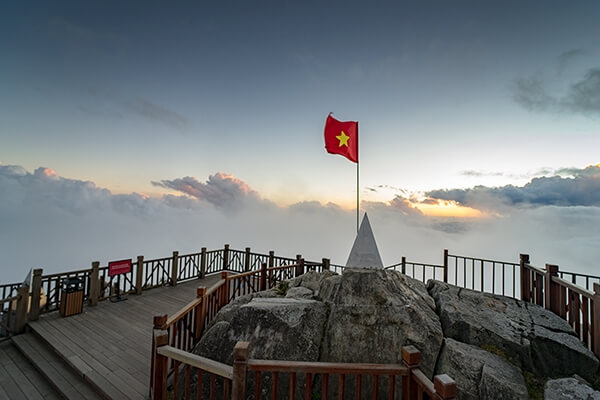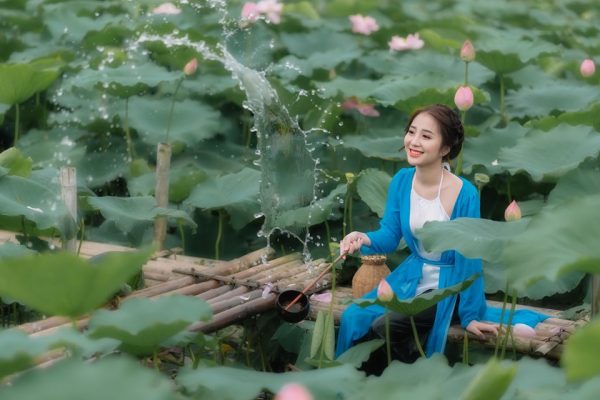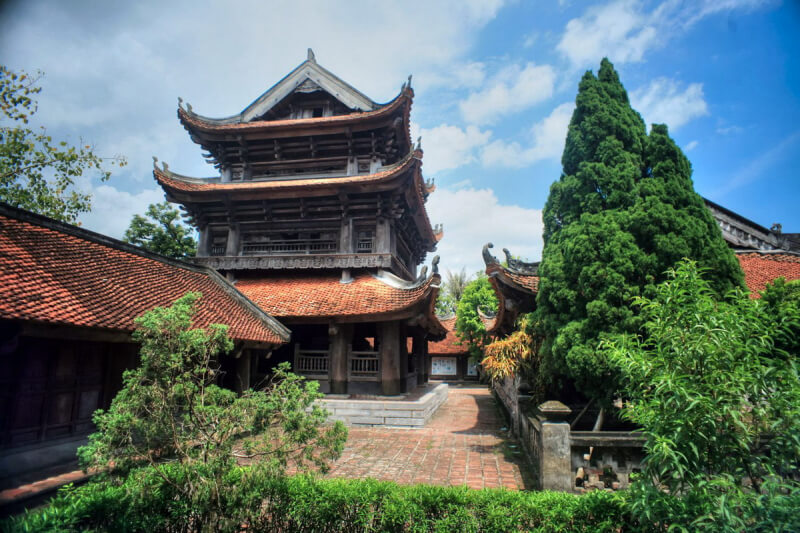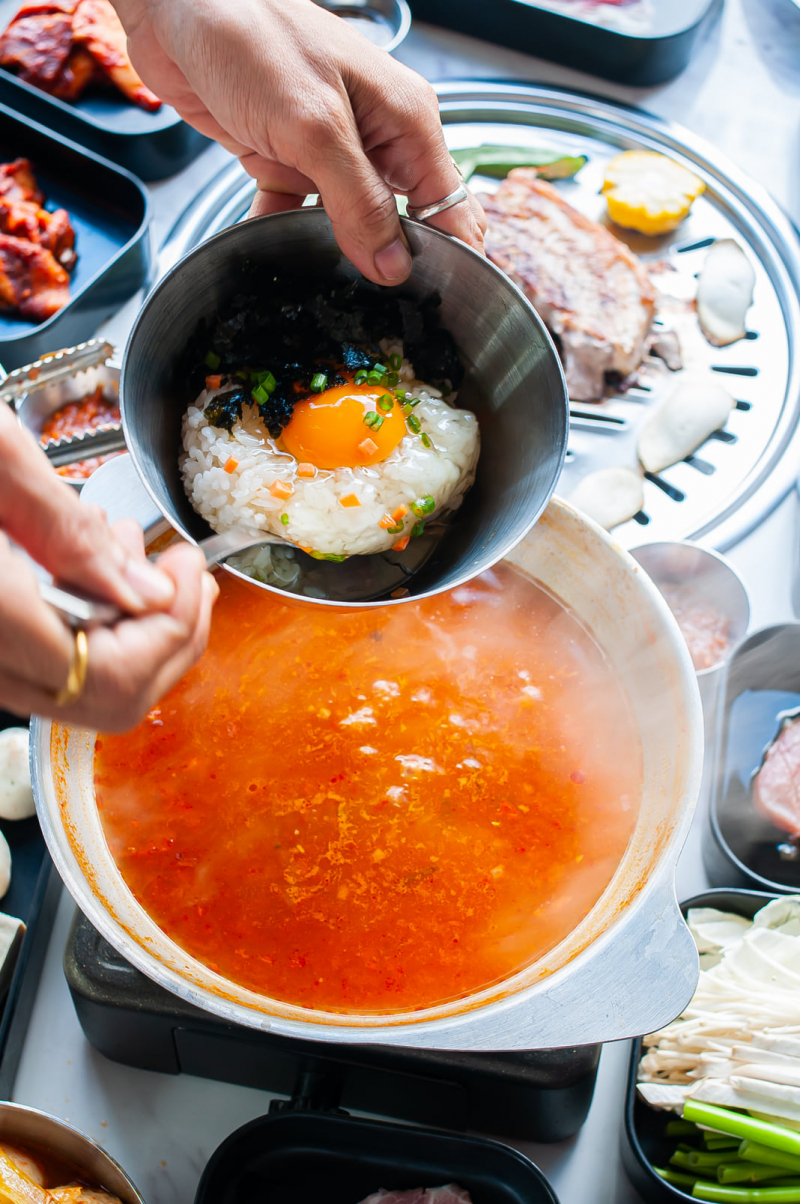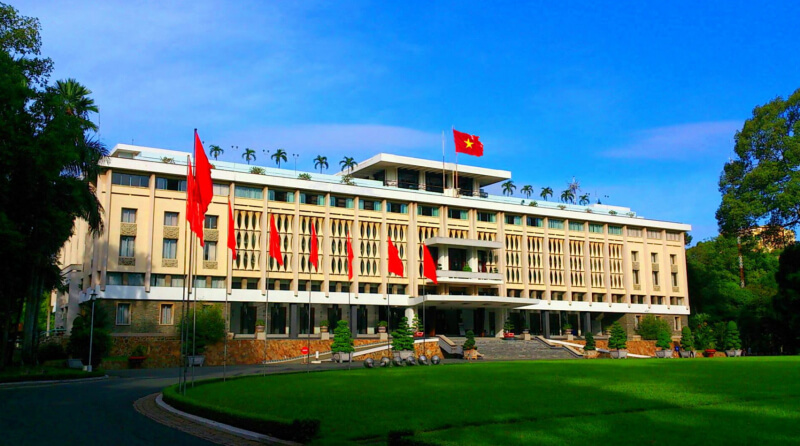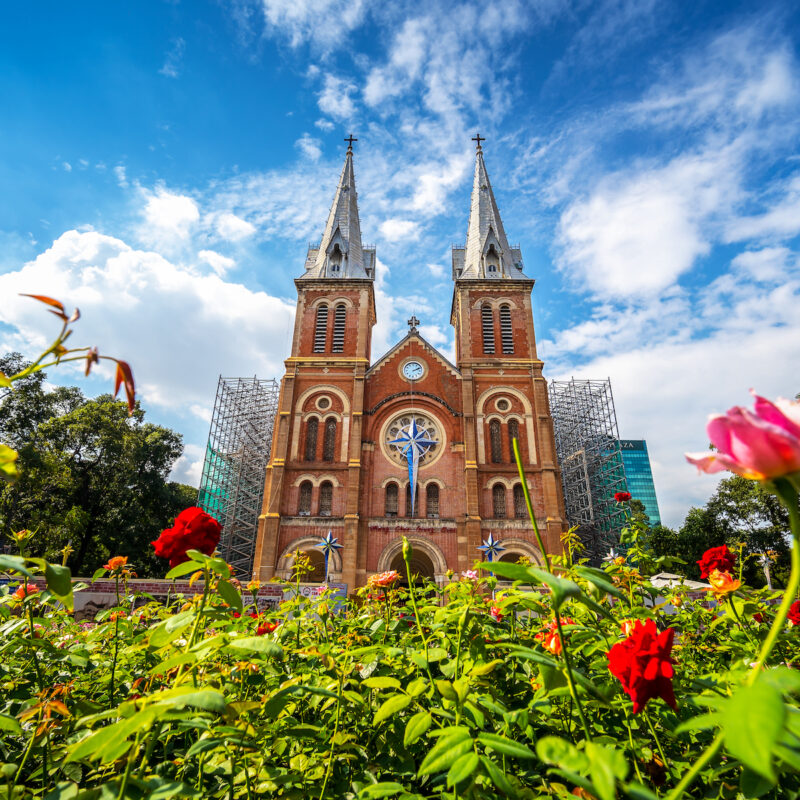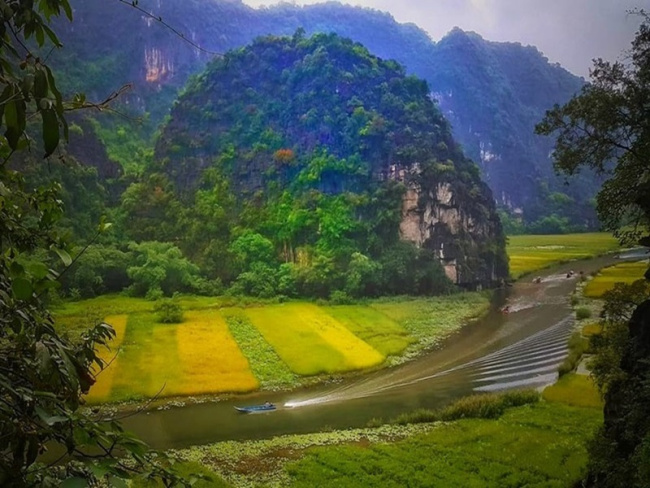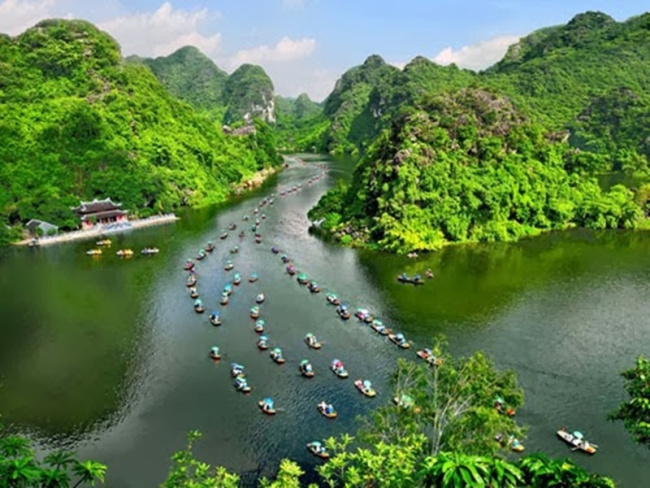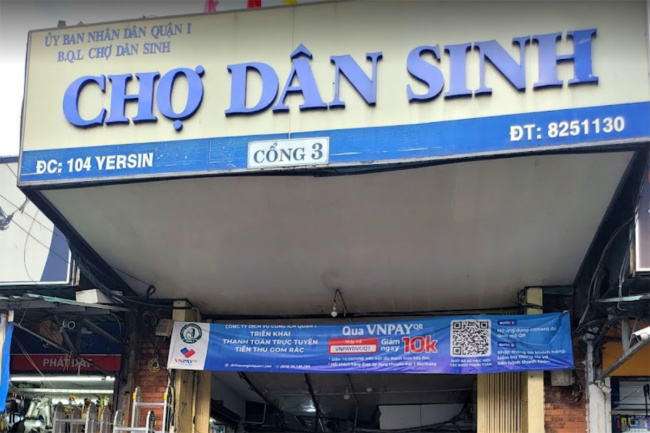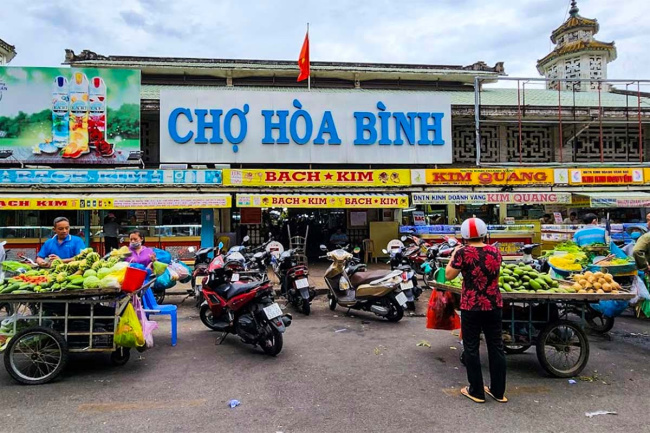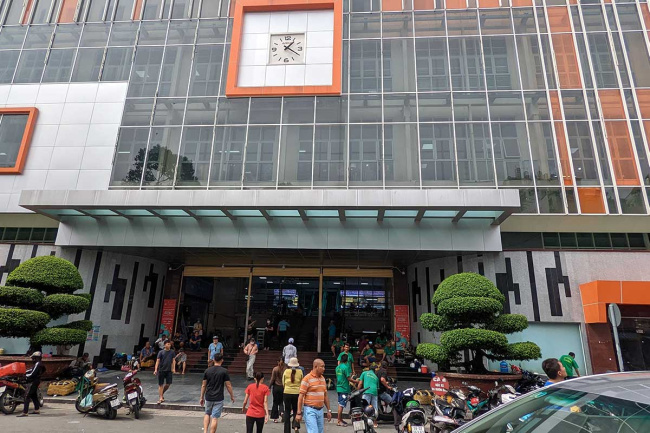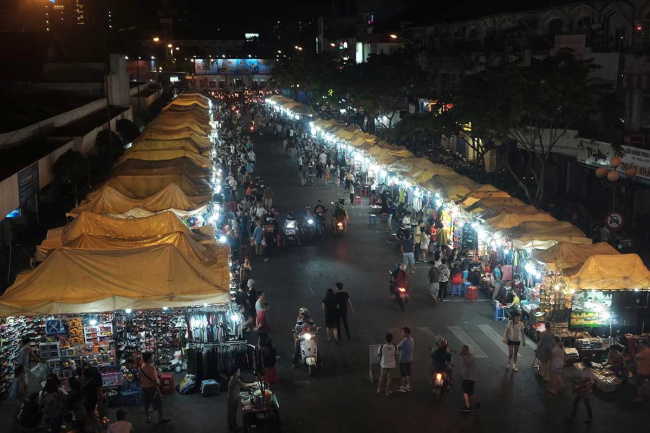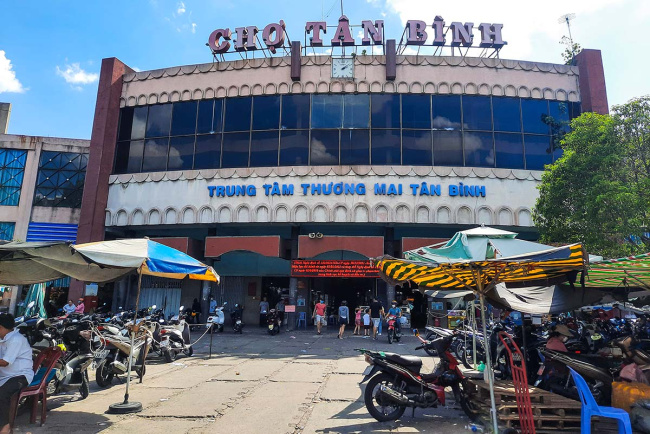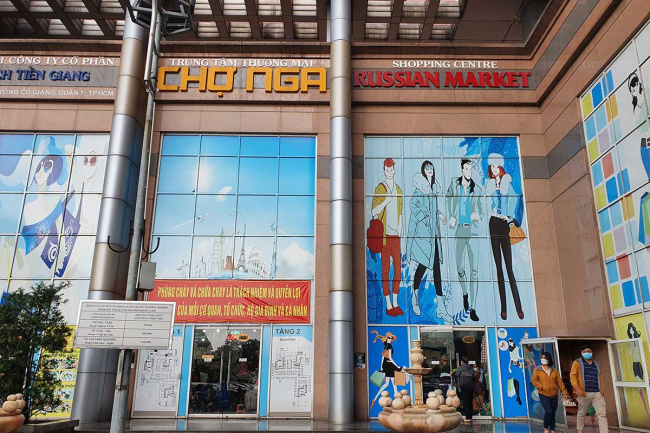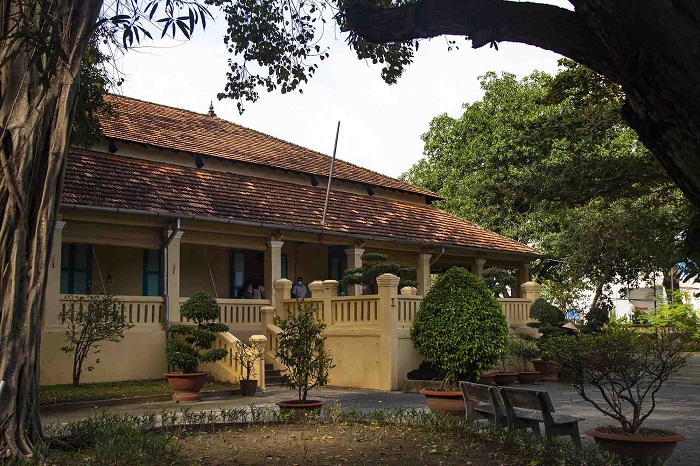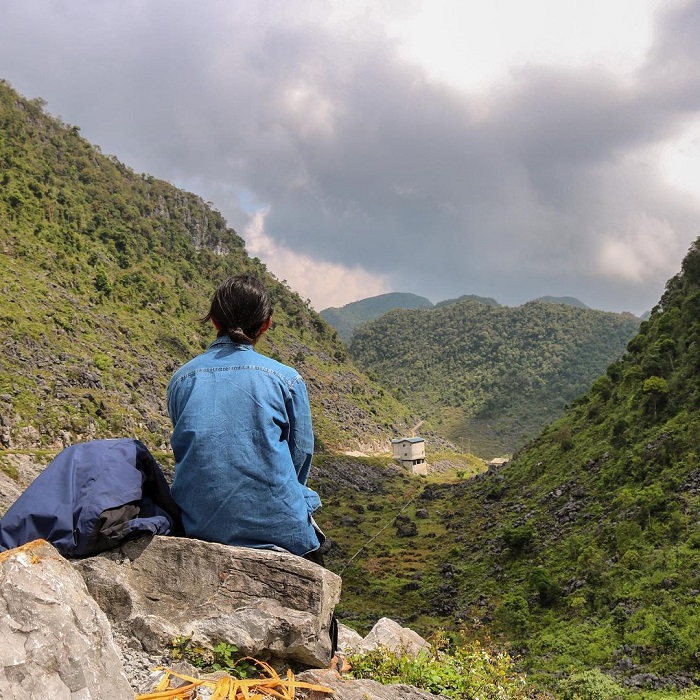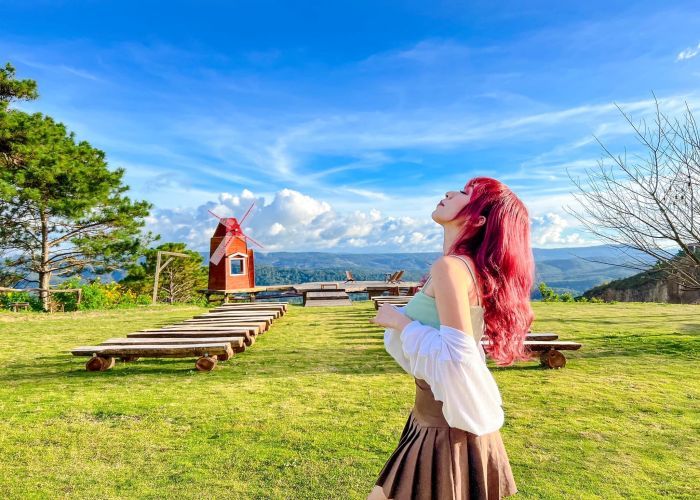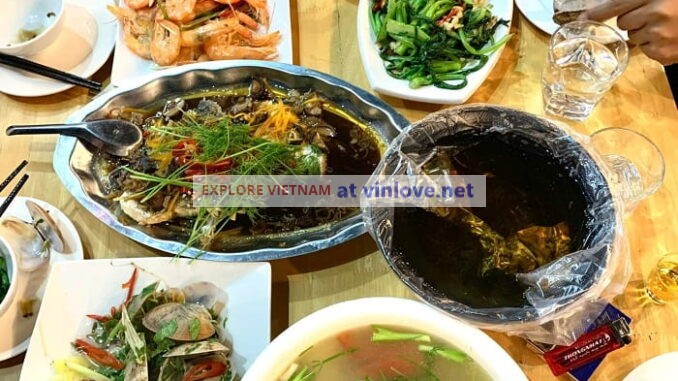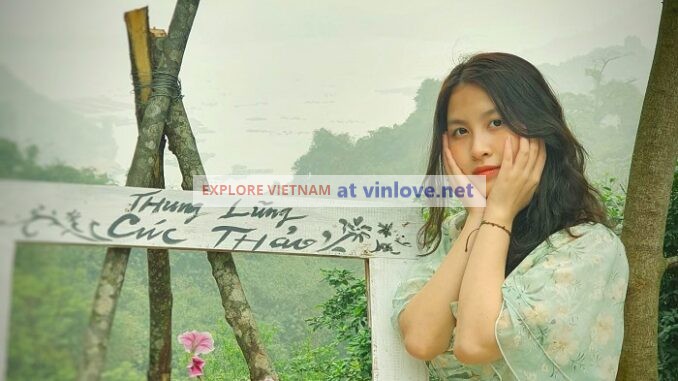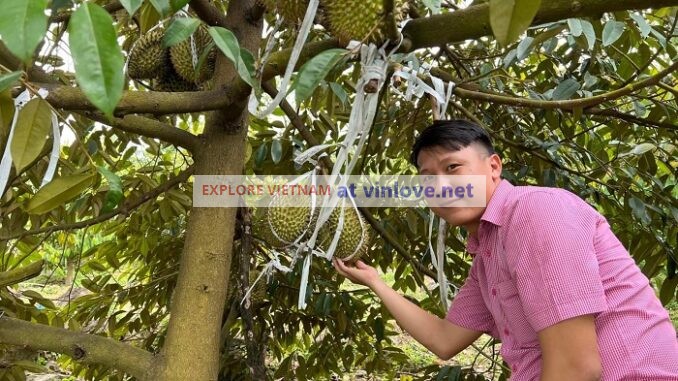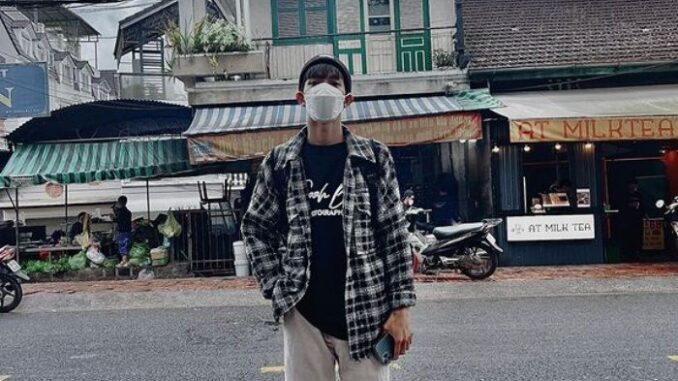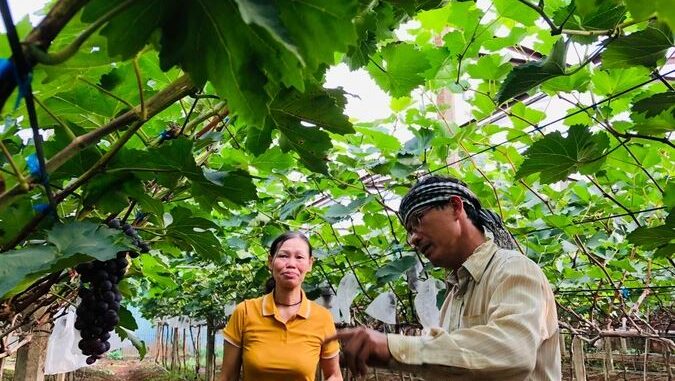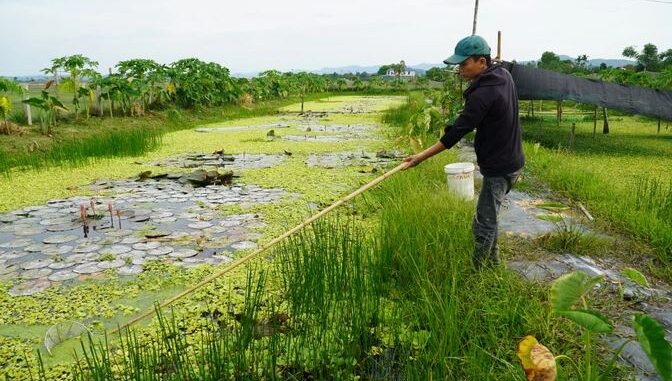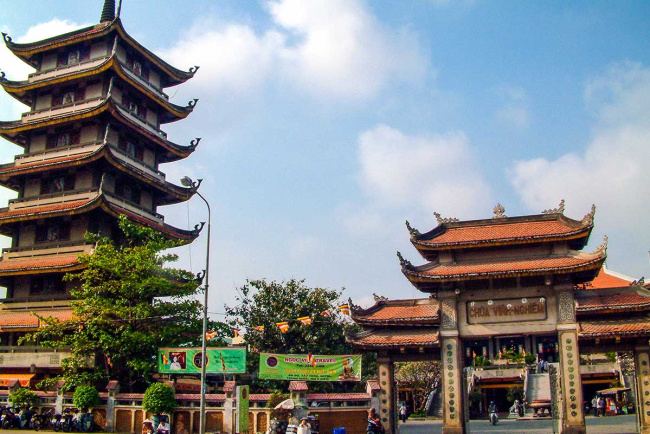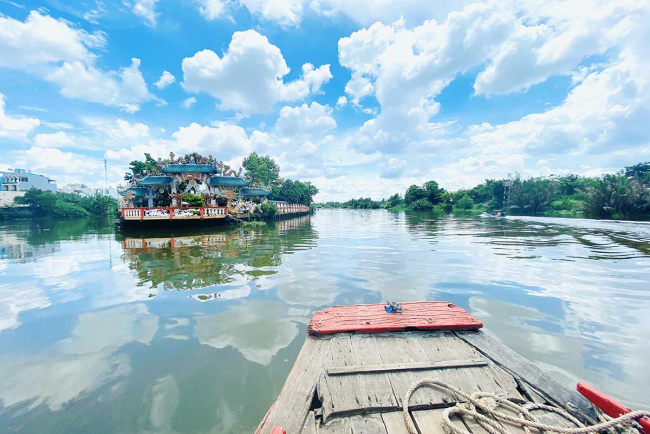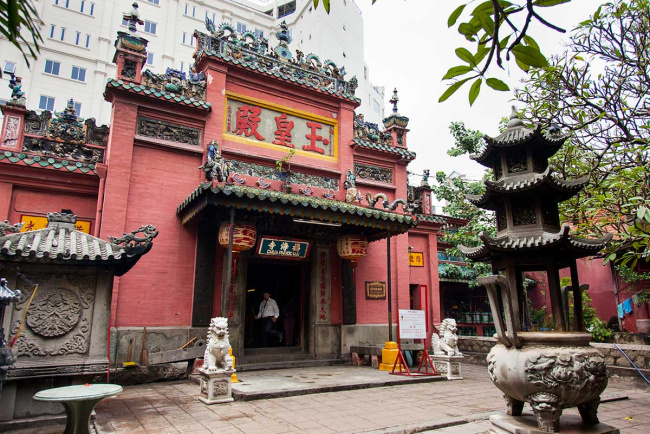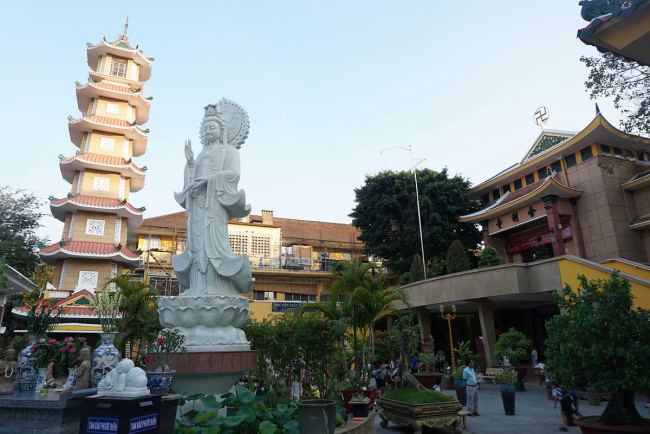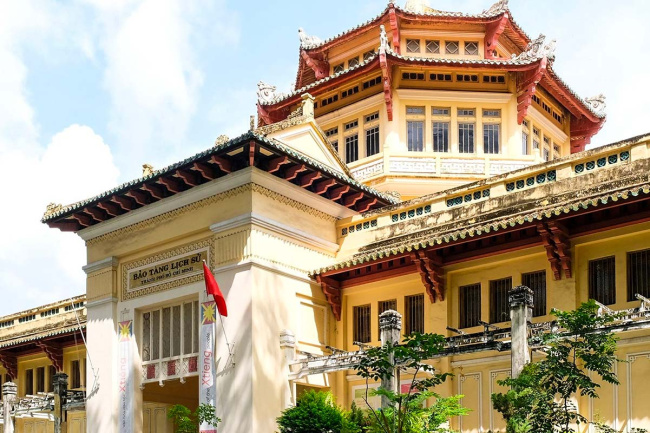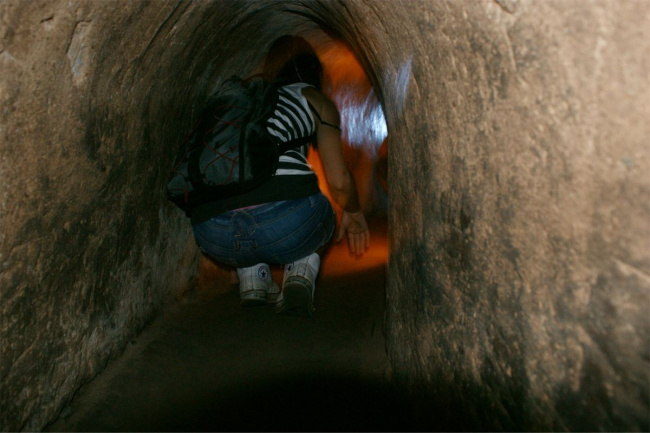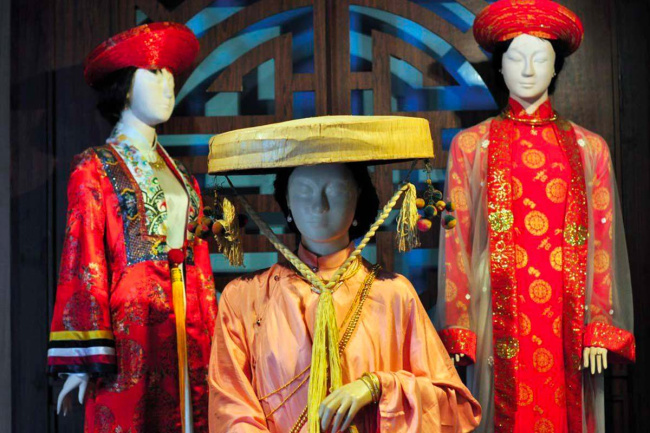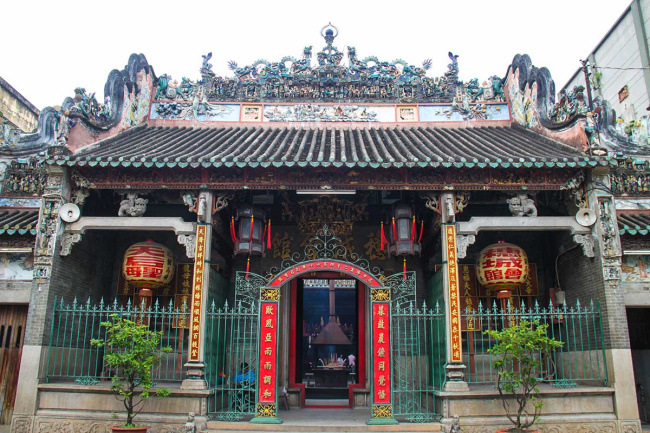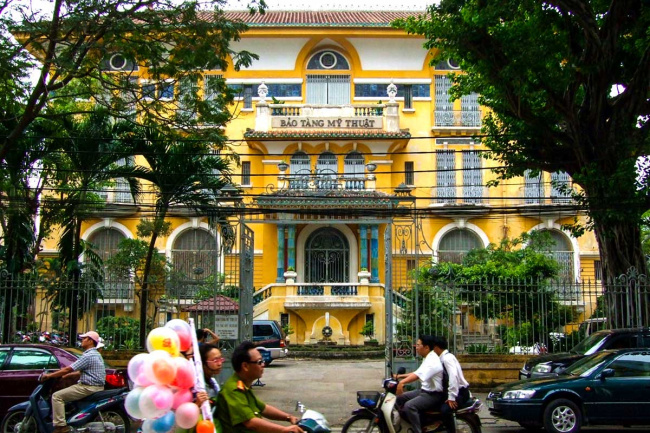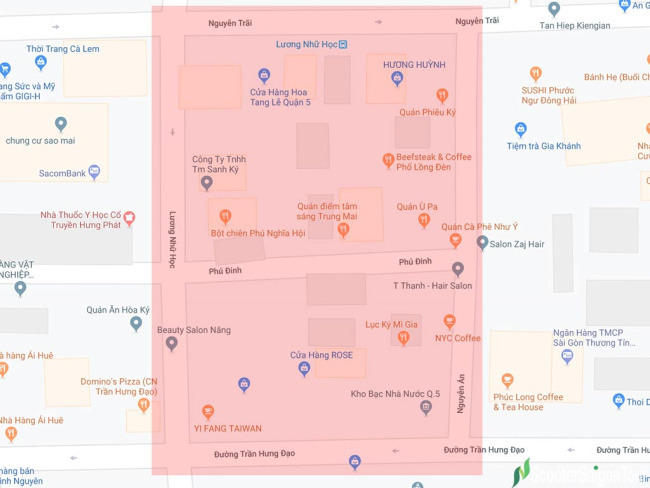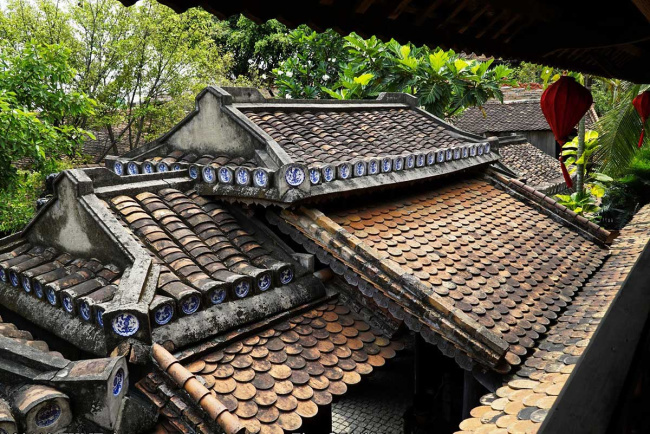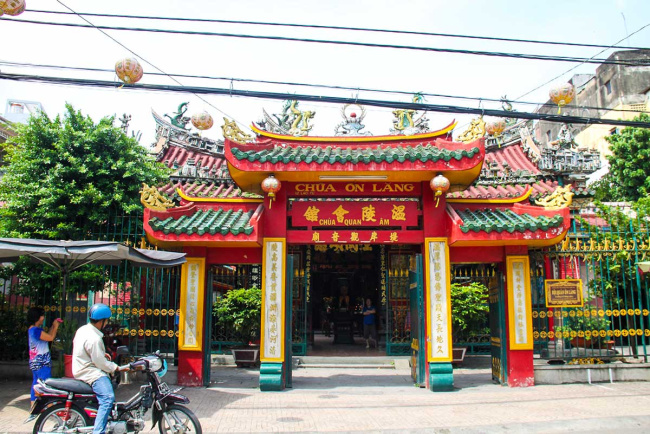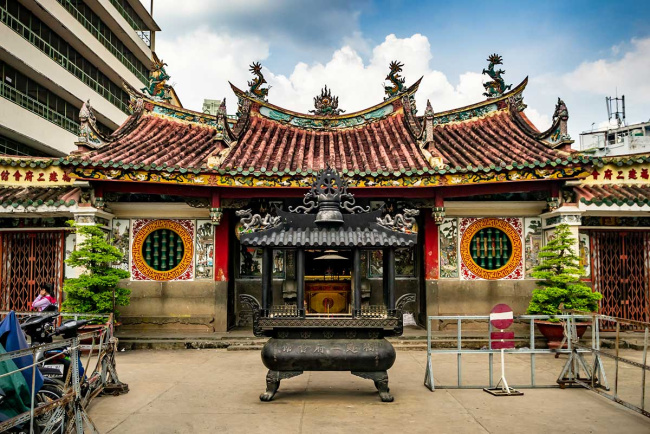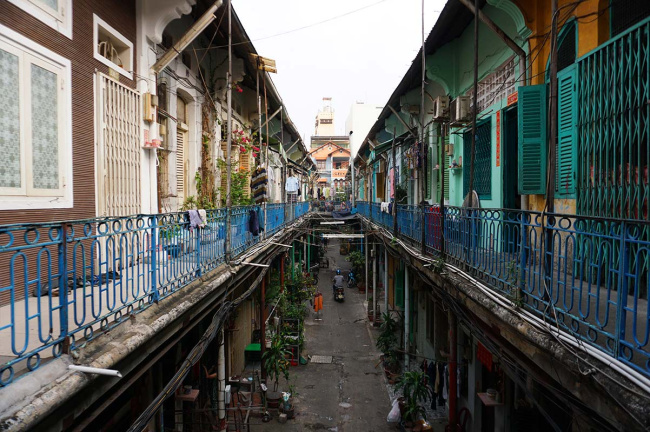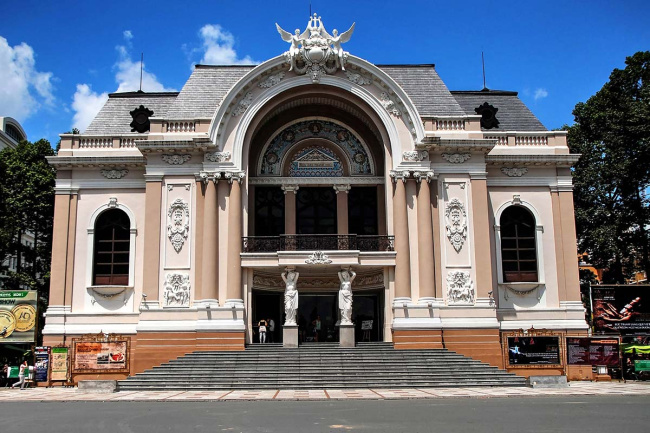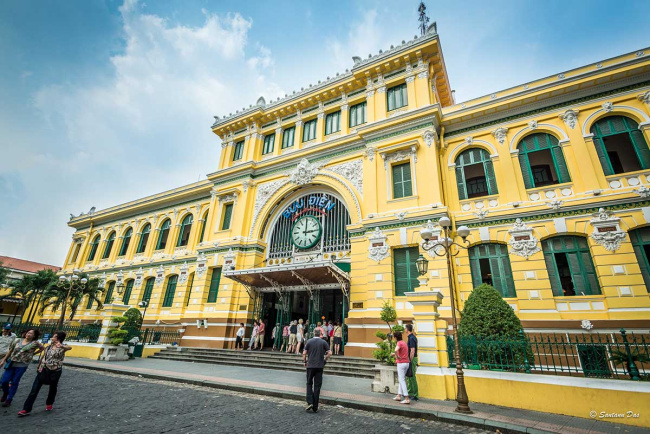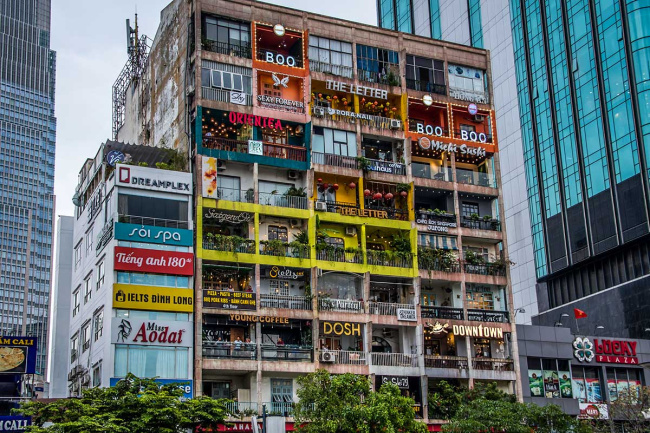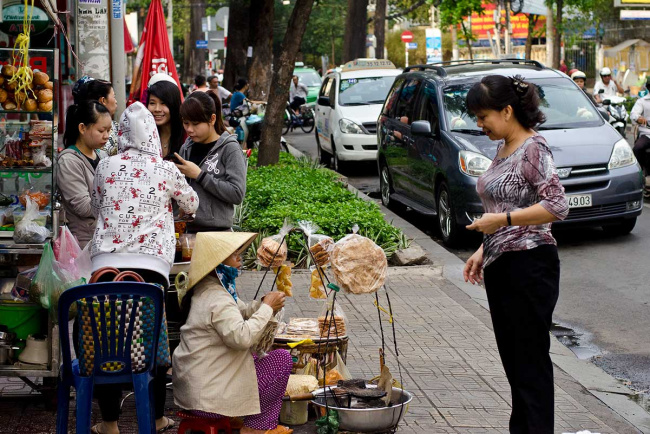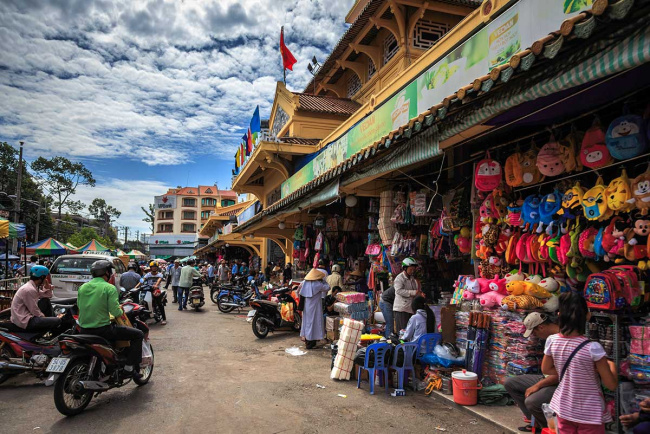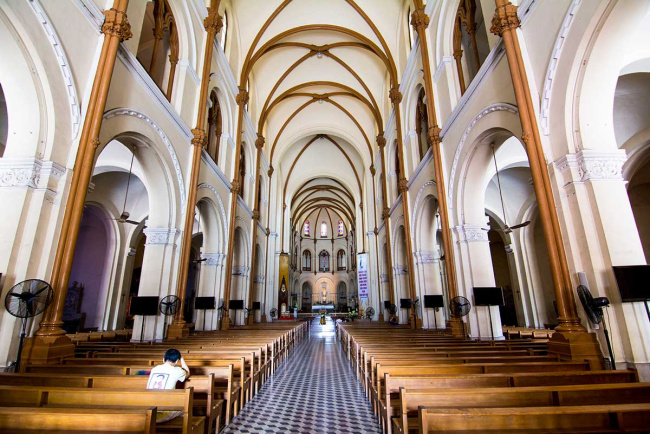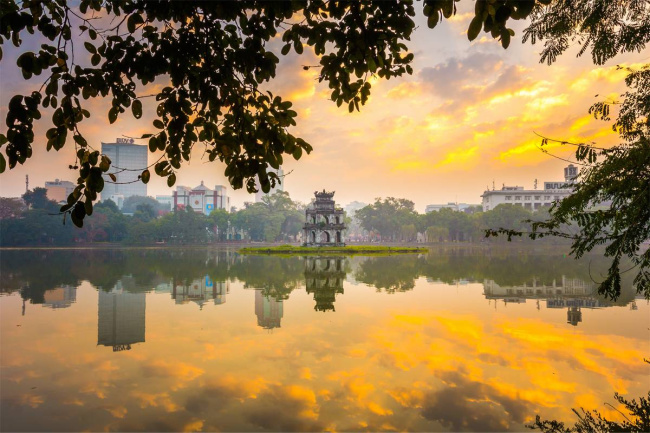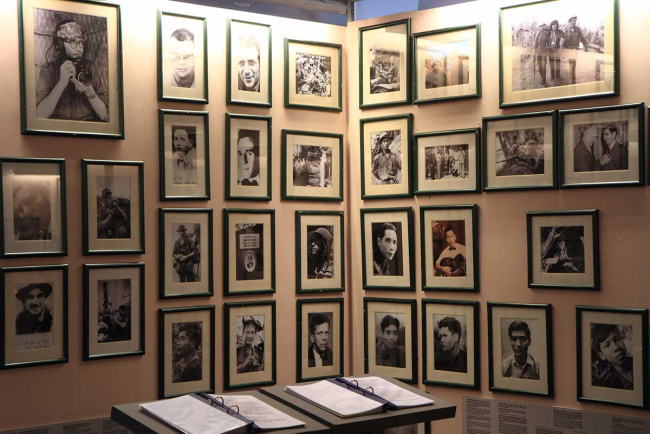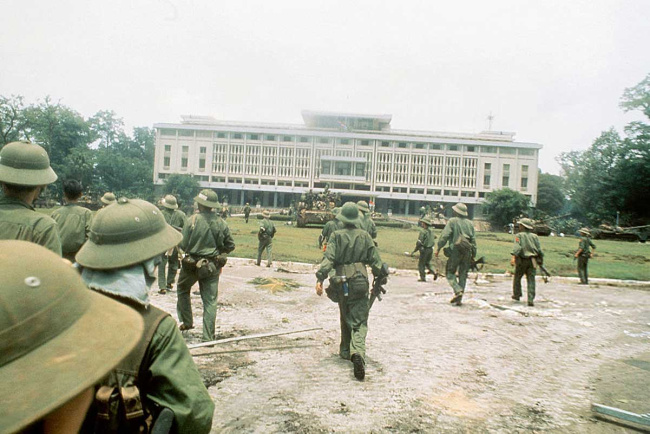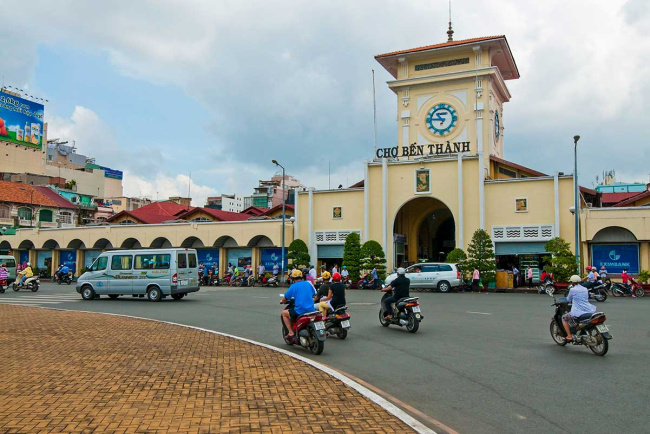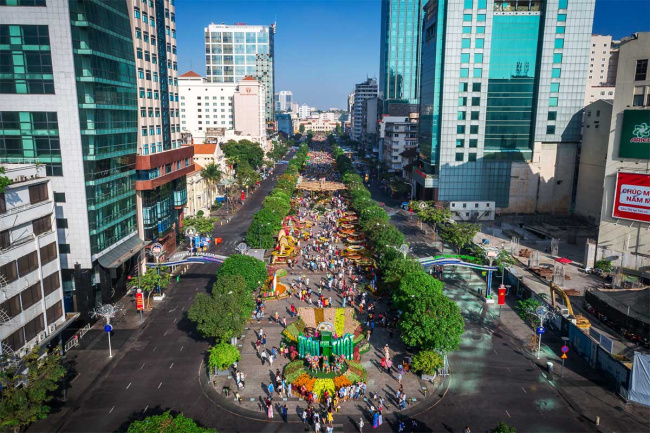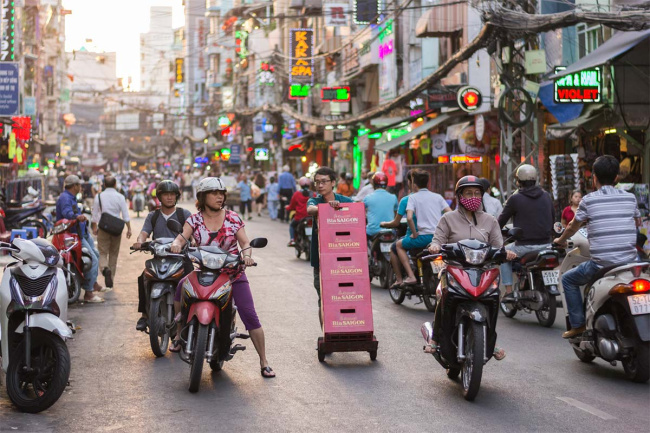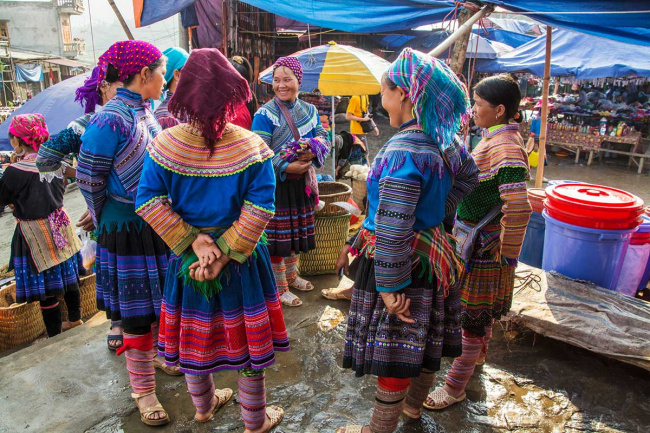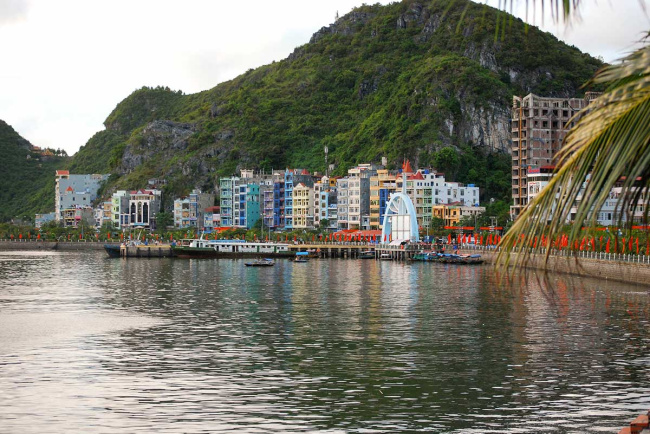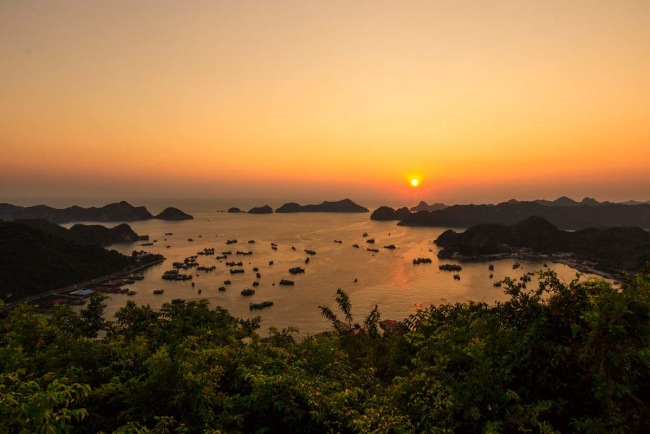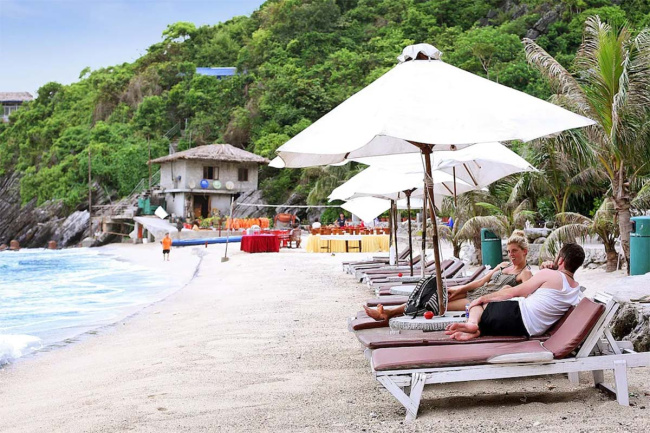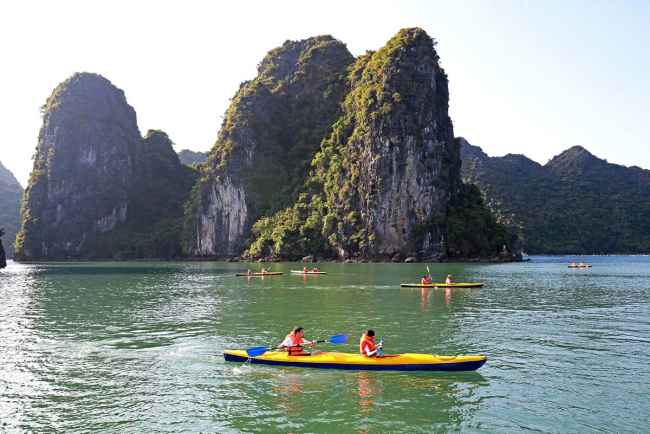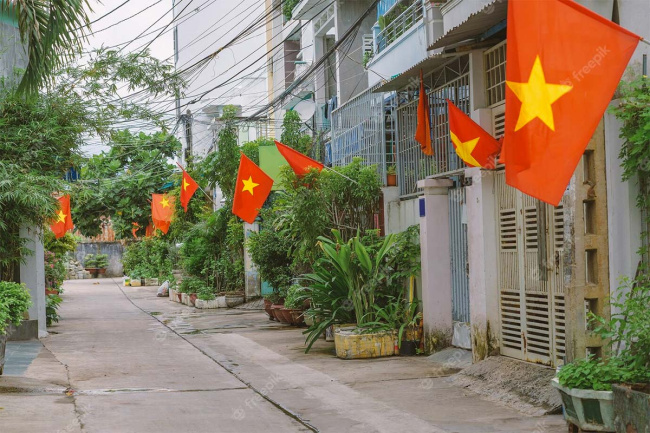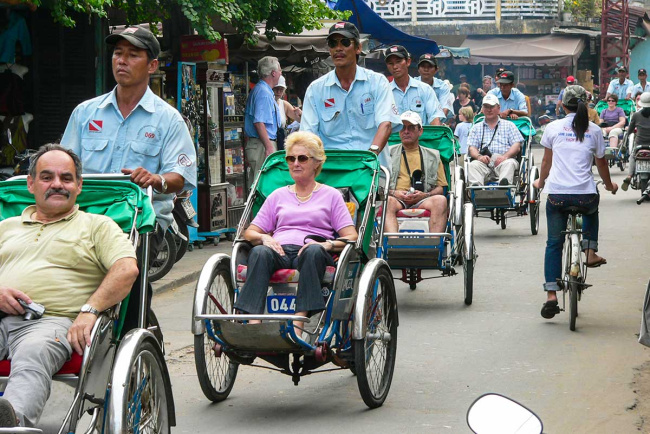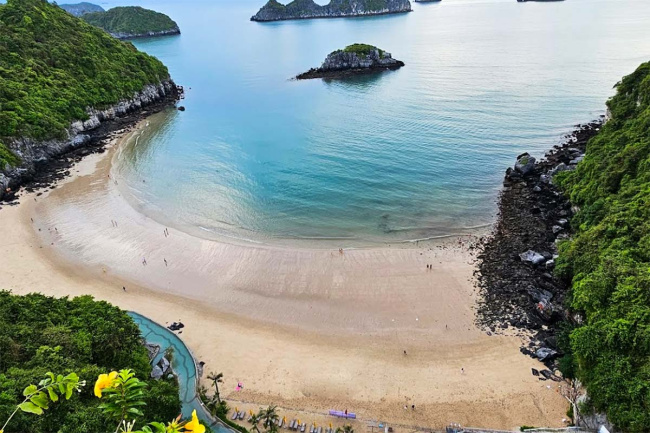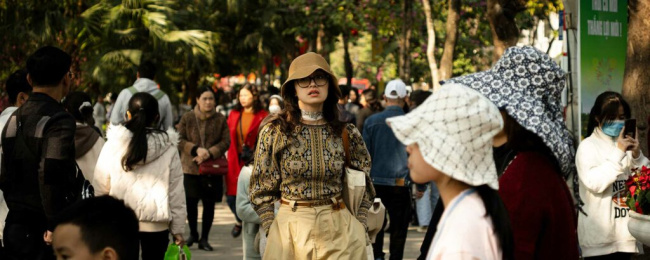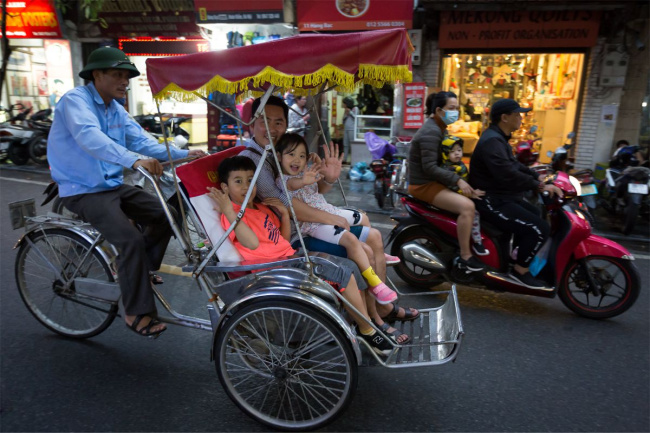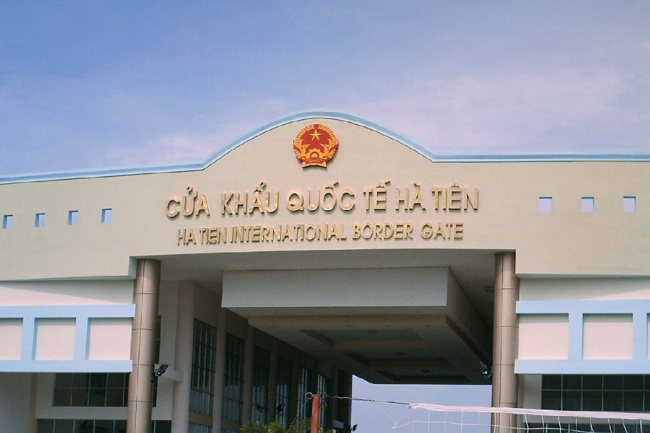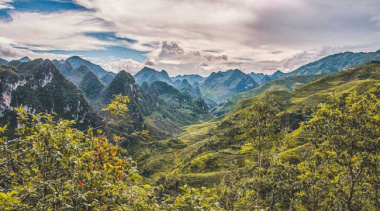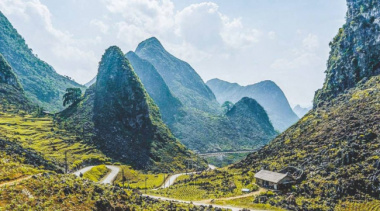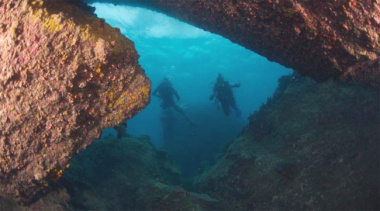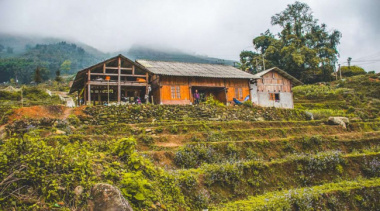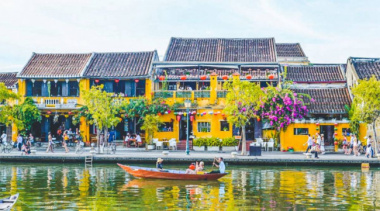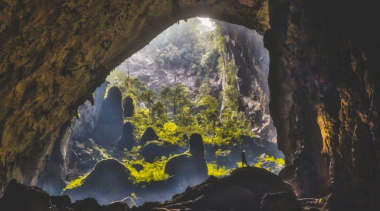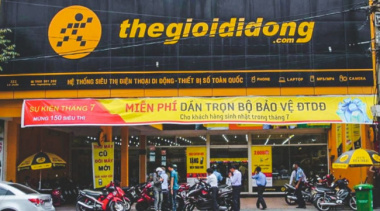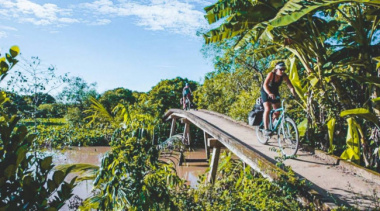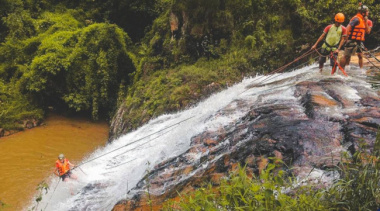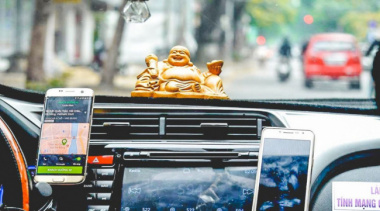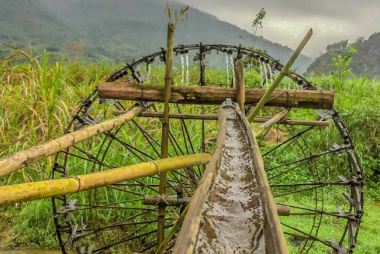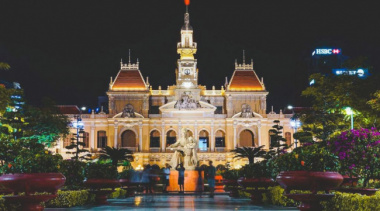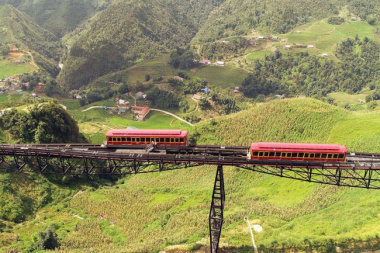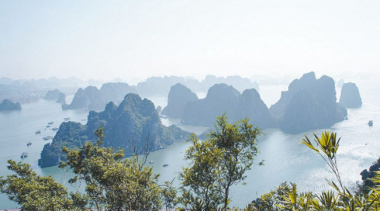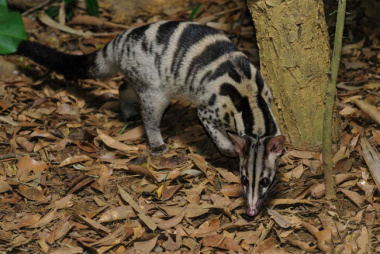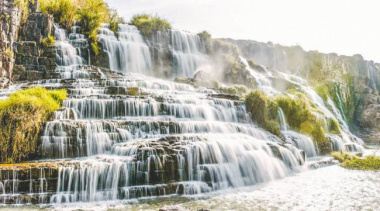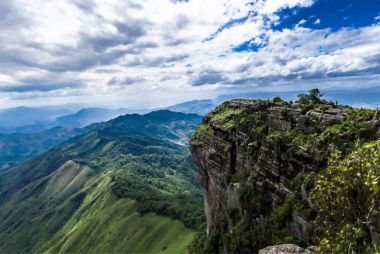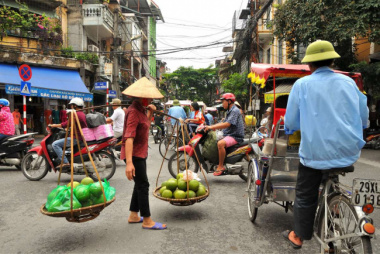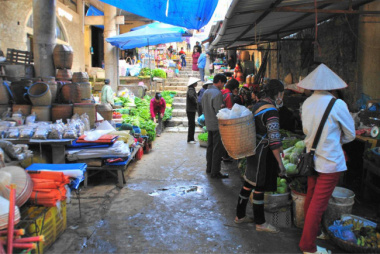Thay Pagoda – A travel guide from Hanoi
- Thay Pagoda history
- Highlights of Thay Pagoda
- 1. The Main Shrine
- 2. Thuy Dinh
- 3. Dragon & Pond bridges
- 4. Caves
- Thay Pagoda Festival
- Visiting information
- How to get there
- Combining your visit with other sights
Thay Pagoda, also known as Thien Phuc Tu Pagoda, is a historic Buddhist temple located in Quoc Oai District, approximately 30 kilometers southwest of Hanoi. The pagoda was built in the 11th century and underwent several renovations throughout the centuries. The complex is set in a tranquil and picturesque natural setting, featuring lush gardens, a scenic lake, and limestone cliffs. You can explore the pagoda’s ornate architecture, intricate woodcarvings, and ancient relics, as well as enjoy traditional Vietnamese music and water puppet shows performed on the lake.
Thay Pagoda history
Thay Pagoda, also known as Master’s Pagoda, has a history dating back over a thousand years to the 11th century. The pagoda was founded by a famous monk named Tu Dao Hanh who played a significant role in popularizing Buddhism in Vietnam. The pagoda was initially built from wood and later renovated using stone and brick under the Ly and Tran dynasties. The pagoda complex consists of various structures, including a bell tower, a drum tower, and a shrine dedicated to Tu Dao Hanh.
Throughout its history, Thay Pagoda has been an important center for Buddhist teaching and learning, and it continues to attract visitors from all over the world who come to experience its history, architecture, and spiritual significance.
Highlights of Thay Pagoda
1. The Main Shrine

The main part of Thay Pagoda consists of three buildings: Ha Pagoda, Trung Pagoda, and Thuong Pagoda. Ha Pagoda is the sacrificial house, while Trung Pagoda has a Buddha altar with statues of Ho Phap and Thien Vuong. Thuong Pagoda, located at the highest position, houses the statue of Amitabha and other important figures.
2. Thuy Dinh

Inside the lake at Thay Pagoda, you will find Thuy Dinh, the oldest water house known for hosting the famous water puppet show. This traditional Vietnamese art form combines puppetry, music, and storytelling. . It is considered the central and most significant structure within the temple complex. The shrine is dedicated to Thich Ca Buddha (Sakyamuni Buddha) and holds immense spiritual importance.
3. Dragon & Pond bridges
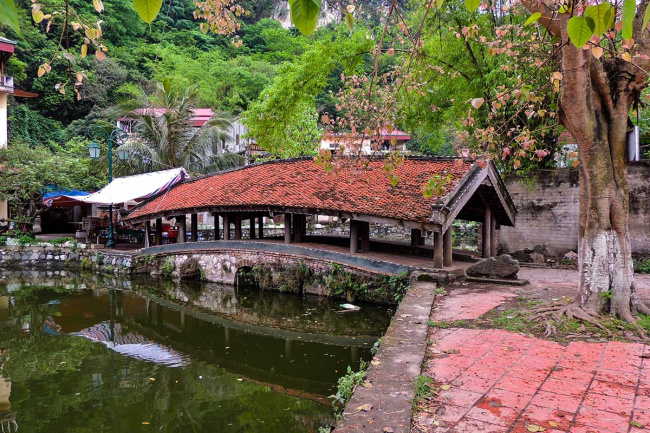
Thay Pagoda has also two old bridges with beautiful tiled roofs. These bridges, known as Nhat Tien (bridge welcoming the sun) and Nguyet Tien (bridge welcoming the moon), have stood for over 400 years within the temple complex. Nhat Tien Bridge is located on the left wing of the Long Tri lake, while Nguyet Tien Bridge connects to the paths leading up to the mountain on the right wing.
4. Caves
There is a network of caves that adds an element of adventure to the visit. These caves are considered sacred and are associated with legends and folklore. Inside the caves, you can find Buddhist statues, altars, and unique rock formations, creating an intriguing blend of spirituality and natural beauty.
Thay Pagoda Festival
The Thay Pagoda is also known for its annual festival, which takes place on the 7th and 8th days of the third lunar month. During the festival, locals gather to watch water puppet shows, participate in folk games, and enjoy traditional Vietnamese food.
The history of Thay Pagoda Festival is rooted in the story that the pagoda has been built on the ashes of Tu Dao Hanh, a Vietnamese folk hero. Tu Dao Hanh, a Buddhist monk during the Ly Dynasty (1010-1225 A.D.), made significant contributions to the promotion of Buddhism, healing the sick, and the creation of water puppetry.
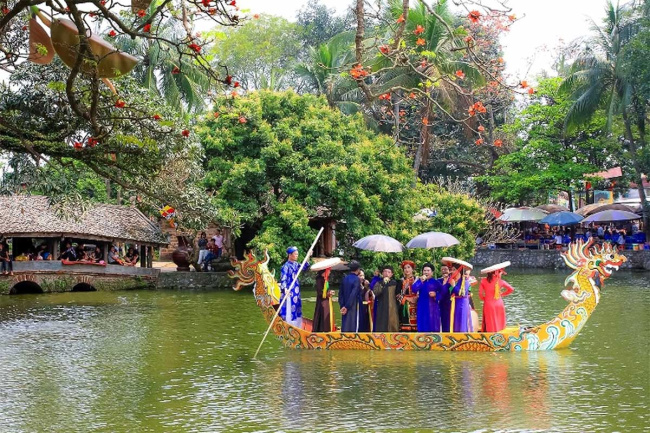
During the festival, you can expect a vibrant celebration filled with cultural performances, including traditional dances and music. One of the highlights is the captivating water puppet show, showcasing the unique art form of puppetry set on water, charming audiences with its storytelling and skillful puppetry techniques.
The festival also offers a bustling atmosphere with vibrant markets, where you can indulge in local delicacies and explore a variety of handicrafts and souvenirs.
Visiting information
- Entrance fee: 30,000 VND per person (as of 2023).
- Opening hours: Thay Pagoda is open daily from 8:00am to 5:00pm.
- Dress code: Visitors are expected to dress modestly and respectfully. This means covering shoulders and knees, and avoiding revealing clothing.
- Peak hours: Thay Pagoda can get crowded on weekends and during festivals, so it’s best to visit early in the morning or during weekdays to avoid the crowds.
- Guided tours: Guided tours are available for an additional fee, and they offer a deeper insight into the history and significance of the pagoda.
How to get there
The Thay Pagoda is located in the Quoc Oai district, about 30 km southwest of Hanoi’s Old Quarter. Here are some ways to get there:
- Private Car/Taxi: You can hire a private car or taxi from Hanoi to take you directly to the pagoda. This is the most convenient option, but also the most expensive.
- Motorbike: Renting a motorbike in Hanoi is a popular option for adventurous travelers. It takes around 45 minutes to an hour to reach the pagoda from the Old Quarter.
- Public Bus: Take Bus #21 from Kim Ma Bus Station (near the Old Quarter) to the last stop at Quoc Oai Bus Station. From there, you can take a taxi or motorbike taxi to the pagoda, which is about 7km away.
- Tours: There are also many group tours that visit the Thay Pagoda as part of a larger itinerary that includes other sights in the area. These tours usually include transportation to and from the pagoda.
Combining your visit with other sights
There are several other interesting sights in the wide area of Thay Pagoda that you can visit (east of Hanoi). Some of them include:
- Tay Phuong Pagoda: Located about 12 km away from Thay Pagoda, Tay Phuong Pagoda is a beautiful ancient pagoda built in the 8th century. The pagoda is famous for its intricate wooden carvings and statues of Buddha.
- Duong Lam Ancient Village: Located about 27 km away from Thay Pagoda, Duong Lam is a well-preserved ancient village with many old houses made of laterite bricks and tile roofs. It’s a great place to explore and learn about the traditional rural life of northern Vietnam.
- Van Phuc Silk Village: Located about 18 km away from Thay Pagoda, Van Phuc Silk Village is a famous place for silk weaving and production. Here, you can watch the process of making silk and purchase high-quality silk products at reasonable prices.
- Ba Vi National Park: Located about 40 km away from Thay Pagoda, Ba Vi National Park is a beautiful natural reserve with lush forests, waterfalls, and hiking trails. It’s a great place for nature lovers and outdoor enthusiasts to explore and enjoy the scenery.
Đăng bởi: Trần Đăng Khôi


